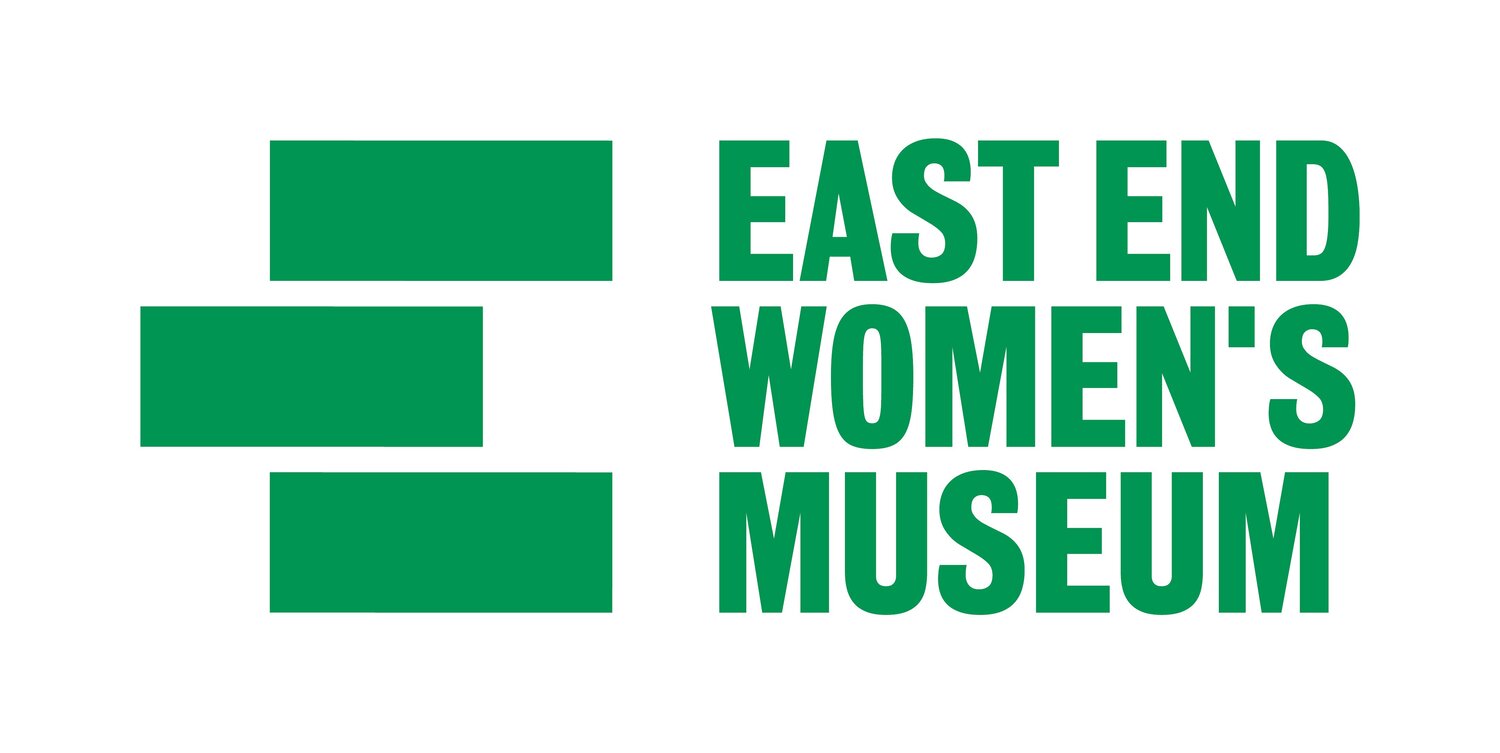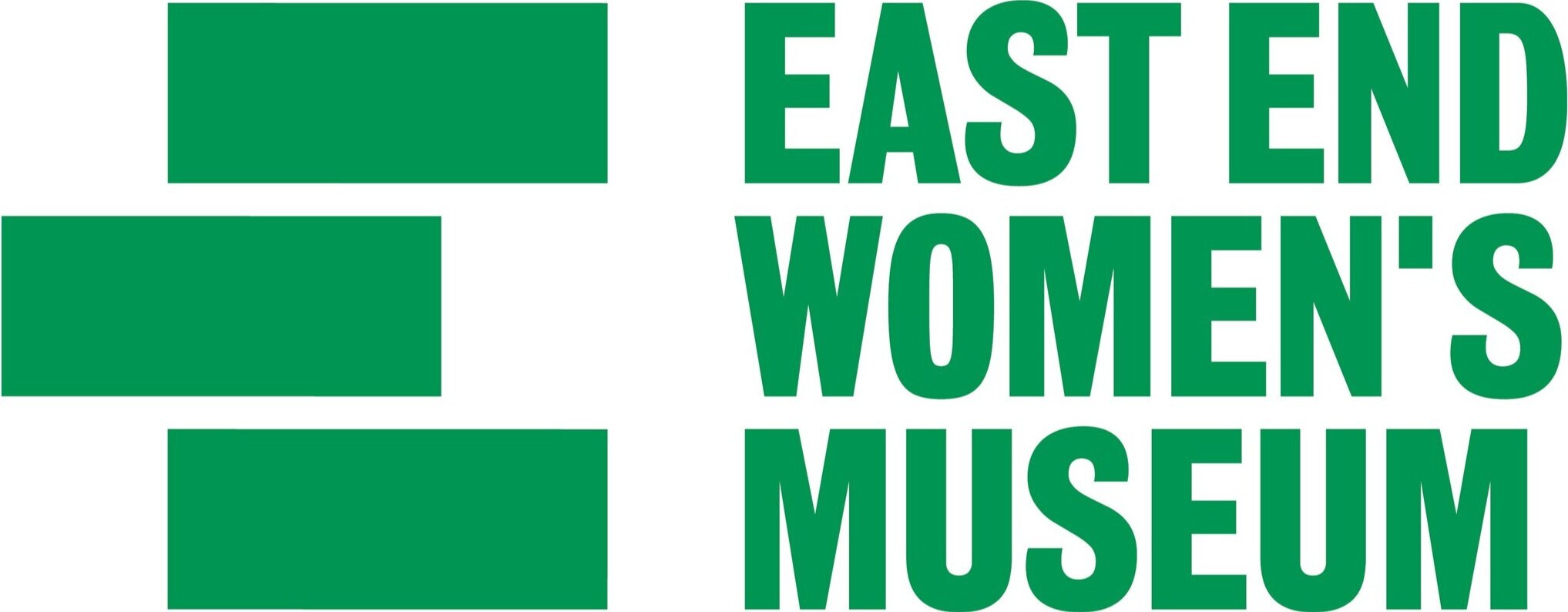For centuries the word ‘asylum’ has inspired images of a towering Victorian edifice crowded with unfortunate souls (mainly women) deemed unfit to participate in society due to myriad reasons of mental health problems, disability, or in some cases, merely dissension from societal rules. However, The Invalid Asylum for Respectable Females was not one such institution.
Mary Lister (1766-1847) was an active Quaker who is most commonly referred to, if at all, as the aunt of famous surgeon and pioneer of antiseptic surgery, Joseph Lister (1827-1912). However, within the locality of Stoke Newington, Lister has recognition in her own right as a pillar of the Quaker community at the fin de siècle as well as the founder of the Invalid Asylum for Respectable Women. Through her philanthropic endeavours, Lister had come to realise that whilst facilities existed to cater for the convalescence of wealthy women, there were no such services available to working women. To remedy this, in 1825 Lister opened her very own Invalid Asylum for Respectable Females.
Sources tell us that the initial location for the Invalid Asylum was a ‘small wooden hut’ on Church Street, Stoke Newington; a stone’s throw from Mary Lister’s own residence on Paradise Row. However, following five years of strident success, Lister moved her Invalid Asylum to the large and imposing Queen Anne property at 187 Stoke Newington High Street.
Invalid Asylum for the Recovery of the Health of Respectable Women Principally Supported by Voluntary Contributions. Established 1825, undated [@HistoryOfStokey]
For the moderate price of 20 shillings, domestic servants who were in need of convalescence could find bed and board at Lister’s Asylum. The Invalid Asylum was able to deliver this service through survival on subscriptions and donations from wealthy patrons who, for the price of one guinea, could provide sponsorship for one patient for up to a month’s stay (1837). The Asylum could care for up to 26 patients at a time and in 1867, a total of 163 women sought sanctuary in its walls.
As well as belonging to the working class, the other primary prerequisite to secure a place in Lister’s Asylum was possession of ‘good character’. Applicants were required to supply references from two housekeepers, attesting to their respectability before admittance was approved. Illustrating this, the Asylum’s eleventh report from 1838 describes in detail its purpose and the types of women it served:
‘The objects embraced by this Institution are Respectable Females, employed in shops and in other dependent situations, and Servants obliged by illness to quit their places. To such it affords a temporary Asylum, widely differing from the crowded receptacles for the sick in our metropolis. Its most striking peculiarity is the discrimination made of character, no patient being admitted without a certificate of good moral conduct, signed by two respectable housekeepers, or by her employer if the Applicant have been in service…Added to this, the benefit of country air, and the limited number of Patients, render the Invalid Asylum peculiarly advantageous for the recovery of health…’
What is immediately striking about this institution is the emphasis on its position as a choice for women; a place to seek out respite rather than an institution in which women were coerced into. Whilst its entry requirements were arguably exclusionary for women who were unable to provide the required references, the emphasis on unchallengeable respectability is unsurprising in consideration of the infamous ‘double standard’ that, especially in the Victorian era, placed women in an extremely precarious position should their respectability come into questioning. By insisting on respectable credentials Lister protected her patients, her institution and herself from the potential of reputational disgrace and rejection by society.
The Asylum operated to an organized routine with admissions processed on Mondays and Fridays between 1 and 2pm. Visitors were permitted on Mondays between 10am and 1pm as long as they brought ‘no Spirituous Liquors to the Patients’!
Princess Alexandra of Denmark (later Queen Alexandra), 1889 [Wikipedia]
As well as boasting royal patronage from Princess (later Queen) Alexandra (1844-1925), the Asylum was administered by an all-female committee ‘formed of twenty-six Ladies’, including the Vicountess Mandeville, the Marchioness of Cholmondeley and the Lady Charlotte Calthorpe. Mary Lister was treasurer. In addition to its Ladies Committee, the 1881 census records that The Invalid Asylum was home to a matron, nurse, and four domestic servants, who were employed to care for a total of 26 patients. Lister’s matriarchal setup for the Asylum reiterates her support and promotion of women’s agency which, despite the existence of a female monarch, was a courageous and uncommon viewpoint in Victorian Britain.
At the turn of the century and in conjunction with significant advances in the medical profession, the Invalid Asylum began to offer more sophisticated medical care as well as convalescence. In addition to the onsite staff, the Asylum was attended by several physicians, surgeons, and a consulting surgeon - a position that was at one time held by Lister’s nephew. In complementation of this, its name was altered to the Stoke Newington Home Hospital for Women (1909).
Alongside developments in the care available at the Home Hospital, the scope for patients’ eligibility broadened over time. This is reflected in annual reports that list the occupations of patients admitted. Between 1910 and 1912 the majority of patients were still domestic servants, yet the complete lists of occupations are surprisingly wide-ranging in consideration of the limitations on women’s employment opportunities at this time; from the fairly routine needlewoman, charwoman and housekeeper, to the more unexpected clerk, music teacher, bible-woman and wardrobe dealer.
The annual reports also shed light on the types of treatment offered at the Home Hospital. Whilst the early days Invalid Asylum emphasized rest and convalescence, the later Home Hospital tended to many ailments. In 1912 a total of 50 treated ‘diseases’ were listed, including: adenoids, alveolar abscess, bronchitis, cardiac weakness, chorea, diabetes, incomplete miscarriage, rheumatism, thrombosis, sarcoma and senility. As well as demonstrating the development and expansion of the home’s services, this list also highlights the significant age range of patients, from those who were of maternal age, to more elderly women suffering from senility and rheumatism.
In 1913 the Home Hospital underwent its first extension with the addition of a new ward which was christened ‘Lister Ward’ in honour of the home’s founder. This expansion of the hospital enabled it to accommodate many more women per annum and in 1915 a total of 203 women were treated there, with an average stay of 30.5 days per patient. Of these, the annual report tells us that 187 of these women came from the London area with 54 specifically residing in Stoke Newington while 16 came from other countries. The extensive reach of their clientele speaks volumes for both the success and high demand for these services.
From 1919 the hospital also began to offer maternity services; in 1921 a nurses’ home was added to the site; and in 1924 an additional floor was built to make space for an operating theatre.
Mary Lister had died aged 81 on 19 July 1847, but her legacy lived on at 187 Stoke Newington High Street for almost a century. The Home Hospital continued to provide maternity, medical and convalescent care for working women until 1939. It was at this point, coinciding with the outbreak of the Second World War, that the hospital moved to Stevenage. Towards the end of the war, 187 High Street was sold, and the hospital continued to operate in Stevenage, eventually merging with the NHS in 1948.
In 1953 187 High Street became grade II listed by Historic England along with its neighbouring properties at 189 and 191, but subsequently fell into disrepair and dereliction. In 1983 it was demolished and rebuilt with only the original façade remaining. Today the building belies little evidence of its philanthropic past but thanks to the twentieth century renovation, this impressive Queen Anne structure remains very much present as one of the most notable buildings that lines Stoke Newington High Street.
187 Stoke Newington High Street Front elevation, 1961 [London Metropolitan Archives, 121684]
187 Stoke Newington High Street, 2006 [Wikimedia]
Author
Chloe Wilson works and volunteers in the heritage sector in London with historical interests primarily in gender and political history. Twitter: @chloevwilson
Sources and further reading
Baker, Jeanne. ‘The House Where I Was Born’, Cockney Ancestor, No.76, Autumn 1997, p3. Hackney Archives.
Barton, Bernard. A Poet’s Appeal For The Asylum at Stoke Newington: By Bernard Barton, 1827. Hackney Archives.
British Listed Buildings [accessed 04/05/2021]
Eighty-Fifth report of the Invalid Asylum and Stoke Newington Home Hospital for Women, 187 High Street Stoke Newington (near Church Street), London: E Couchman and sons, 1915. Hackney Archives.
Eleventh report of the Invalid Asylum for respectable females, in London and its vicinity, established at Stoke Newington M.DCCC.XXV. supported principally by voluntary contributions under the superintendence of a Ladies’ Committee, London: Edmund Fry and Son, 1838. Hackney Archives.
Mander, David. The London Borough of Hackney in Old Photographs, 1989
Murphy, Elaine, ‘The Madhouse Keepers of East London’, History Today, Vol.51 (9), September 2001, pp29-35. Hackney Archives.
New series, No.6, The Annual Monitor for 1848. Or Obituary of the Members of the Society of Friends In Great Britain and Ireland, For the year 1847, York, 1847. Hackney Archives
Prideaux Moline, Isabella. A Short History of the Home Hospital for Women (Invalid Asylum), 1825-1916. Hackney Archives.
Ross-Keyt, F.D. Report on the Public Health of Metropolitan Borough of Stoke Newington for the Year 1935, London, 1936. Wellcome Library
Ross-Keyt, F.D. Report on the Public Health of Metropolitan Borough of Stoke Newington for the Year 1938, London, 1939, Wellcome Library
King, S. Report on the Public Health of Metropolitan Borough of Stoke Newington for the Year 1939, London, 1940, Wellcome Library
Images
Invalid Asylum for the Recovery of the Health of Respectable Women Principally Supported by Voluntary Contributions. Established 1825, undated. Twitter @HistoryOfStokey
187 Stoke Newington High Street Front elevation, 1961. London Metropolitan Archives [121684]
187 Stoke Newington High Street, 2006. Wikimedia
Princess Alexandra of Denmark (later Queen Alexandra), 1889 [Wikipedia]






![Invalid Asylum for the Recovery of the Health of Respectable Women Principally Supported by Voluntary Contributions. Established 1825, undated [@HistoryOfStokey]](https://images.squarespace-cdn.com/content/v1/58eb9f4d46c3c45cf0e02ec0/1622205558330-W85KL2YCDCARN5ZG8FI5/Invalid+Asylum%2C+%40HistoryOfStokey+twitter.jpg)
![Princess Alexandra of Denmark (later Queen Alexandra), 1889 [Wikipedia]](https://images.squarespace-cdn.com/content/v1/58eb9f4d46c3c45cf0e02ec0/1622205652220-GDNQII8RQTWMF2802NUU/800px-Alexandra_of_Denmark02.jpg)
![187 Stoke Newington High Street Front elevation, 1961 [London Metropolitan Archives, 121684]](https://images.squarespace-cdn.com/content/v1/58eb9f4d46c3c45cf0e02ec0/1622205760330-35I1C3ZZ79OS8YZW9MDY/121684.jpg)
![187 Stoke Newington High Street, 2006 [Wikimedia]](https://images.squarespace-cdn.com/content/v1/58eb9f4d46c3c45cf0e02ec0/1622205783200-H2A5GJKR4O8JDQ4ILU72/Stoke_newington_high_street_1.jpg)